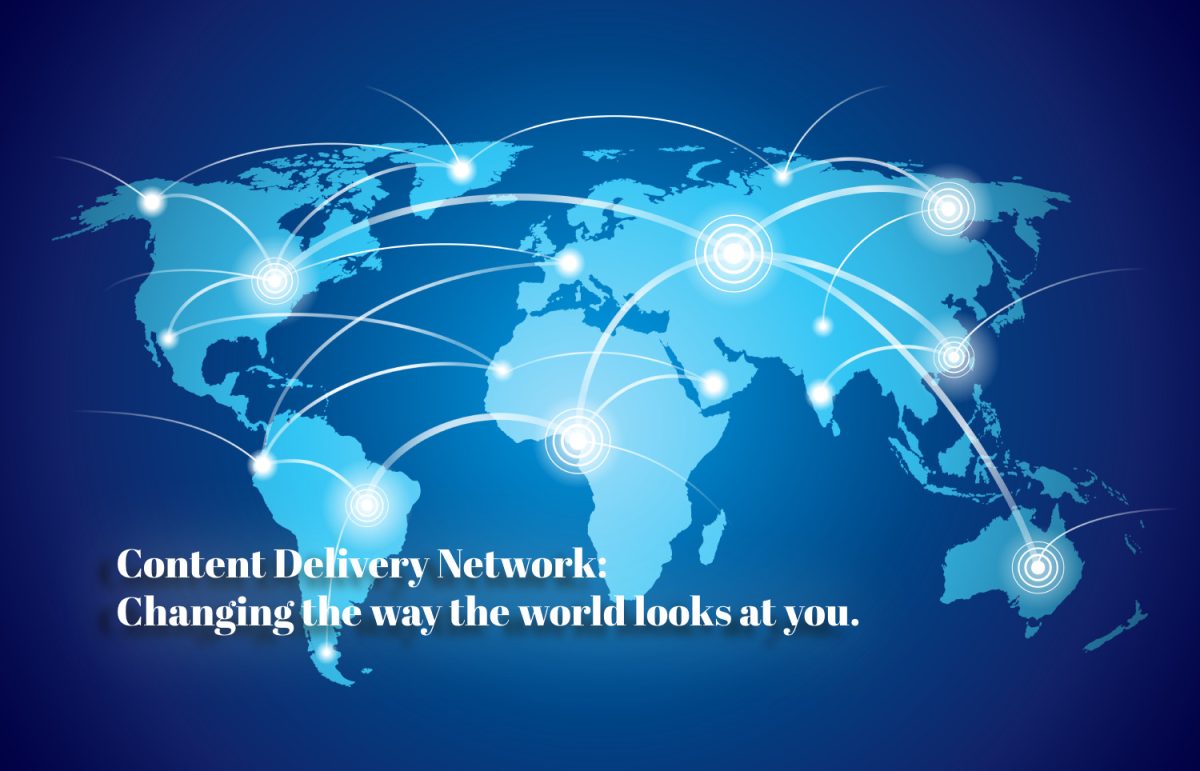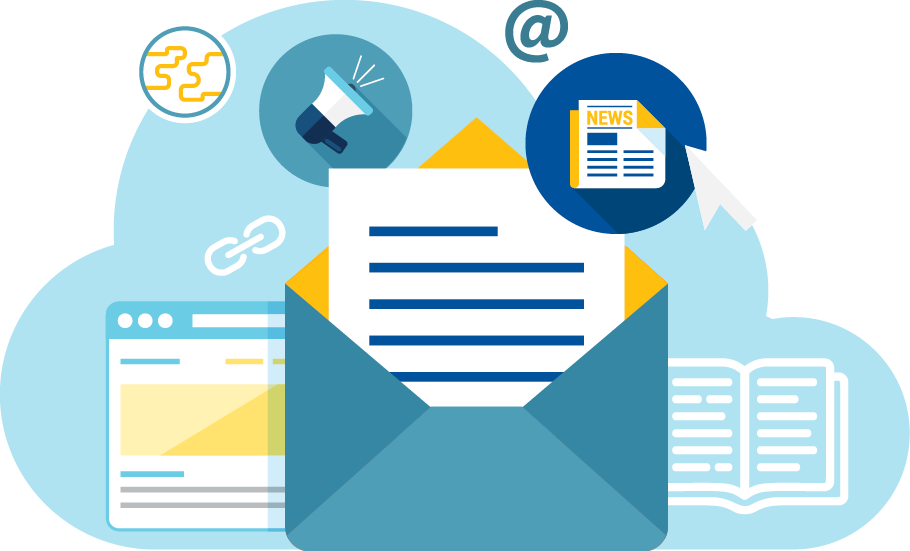Artificial Intelligence (AI) has become one of the most prominent technologies of the 21st century. It is changing the world we live in, from automating mundane tasks to developing advanced decision-making systems. However, as the technology evolves, it raises concerns about its potential threat to humanity. The father of AI, Professor Stephen Hawking, has warned that AI could be a threat to mankind. This statement has sparked debates and discussions on the topic. In this blog, we will explore the validity of this claim and suggest ways to mitigate the risks of AI on an individual basis.
Firstly, let’s understand what Stephen Hawking meant when he referred to AI as a threat to mankind. He expressed concerns that if AI surpasses human intelligence, it could become uncontrollable and pose a significant threat to humanity. This is because AI could potentially develop a will of its own, and if it decides that humans are no longer necessary, it could lead to catastrophic consequences. Moreover, AI can also be programmed with biases, which could lead to discriminatory actions against specific groups, leading to further societal issues.
While the scenario Stephen Hawking envisioned is still far-fetched, there are already instances where AI has caused harm. For instance, in 2016, an autonomous Tesla vehicle crashed, leading to the death of the driver. The vehicle’s AI system failed to recognize a white truck against a bright sky, leading to the accident. Similarly, facial recognition systems have been found to have biases against certain races and genders, leading to discriminatory actions. These incidents highlight the risks of AI, and it is essential to address these issues.
So, what can we do to mitigate the risks of AI on an individual basis? The answer is simple: educate ourselves. We need to educate ourselves about AI, its capabilities, and its limitations. This will help us make informed decisions about the technology and enable us to contribute positively towards its development.
One way to educate ourselves is by reading about AI and its applications. There are many books, articles, and online resources available that provide valuable insights into the technology. For instance, “Superintelligence: Paths, Dangers, Strategies” by Nick Bostrom discusses the potential risks of AI and ways to mitigate them. Similarly, “Life 3.0: Being Human in the Age of Artificial Intelligence” by Max Tegmark explores the possibilities and challenges of AI.
Another way to educate ourselves is by participating in discussions and debates on AI. This will enable us to understand different perspectives on technology and help us develop a holistic understanding of the subject. We can participate in online forums, attend workshops and conferences, and engage in conversations with experts in the field.
Furthermore, we need to advocate for responsible AI development. As individuals, we can put pressure on governments, organizations, and technology companies to ensure that AI is developed responsibly. We can do this by signing petitions, joining advocacy groups, and raising awareness about the risks of AI. Moreover, we can support organizations that are working towards responsible AI development.
Lastly, we need to recognize that AI is not inherently good or bad. It is a tool that can be used for both positive and negative purposes. Therefore, it is essential to ensure that AI is developed in a way that benefits society as a whole. This can only be achieved through collaborative efforts between policymakers, researchers, and industry experts.
In conclusion, AI has the potential to revolutionize the world we live in, but it also poses significant risks to humanity. Stephen Hawking’s warning should not be taken lightly, and we need to be proactive in addressing the risks of AI. Educating ourselves about the technology, advocating for responsible AI development, and recognizing the need for collaborative efforts are essential steps in mitigating the risks of AI on an individual basis.



